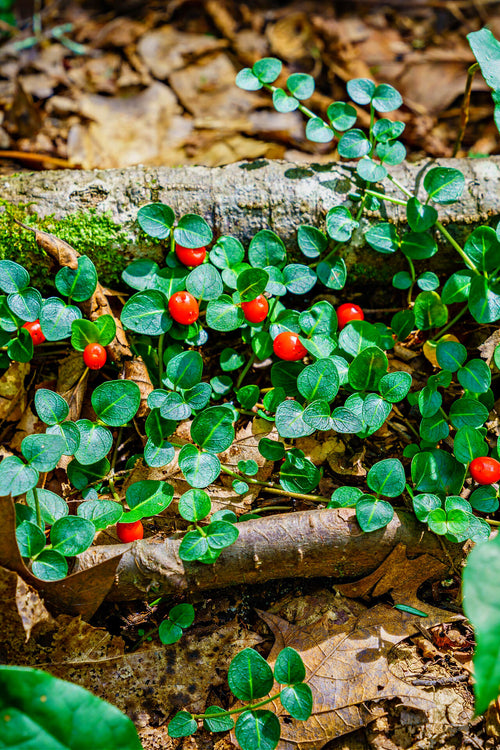Tips for Planting Ground Covers:
It would help if you thought about the ability of the ground covers to thrive in the specific conditions of your home. These may include soil type and fertility, light exposure, drainage, and PH, among others. Also, consider the desired landscape effect as you plant your ground covers. Consider ground covers that blend well with other landscaping elements, such as color, texture, form, etc.
You need to arrange the soil properly before you think about planting. Since ground covers are shallow-rooted, you must adequately prepare the few upper layers of the soil. Consider applying nitrogen-based fertilizers during the early days of the planting season to promote efficient growth. Ensure that the foliage is dry when you apply the fertilizer, then use a lot of water to rinse the fertilizer into the soil. Use slow-release fertilizers in the fall to give excellent winter performance.
Spring is the perfect time for planting most species of ground covers. That gives the plants adequate time to develop an extensive root network before summer. The correct spacing depends on the rate at which the given variety grows. Fast-spreading varieties can be planted one meter apart, while slower varieties need to be much closer. Ground covers allow you to quickly build a stock of plants because they can be divided and replanted as they grow.
The most crucial thing in ensuring the good health of your ground covers is watering. Apply sufficient water to your plants to encourage deep rooting, foliar growth, and general health. That makes water availability a critical factor in determining what ground covers to plant.
You must go for varieties that require minor maintenance and are strong enough to thwart the growth of weeds. However, even for low-maintenance ground covers, periodic grooming and inspection are necessary to keep them in perfect shape. It would help if you did not let the plant overcrowd as this promotes the spread of diseases and interferes with air circulation. The best way to control this is to prune back your ground covers. Depending on the variety of your ground covers, prune your plants during spring or fall to promote summer growth.
Avoid neglecting your plants for extended periods because getting them back to their original nature may not be easy. When your ground covers prove challenging to maintain, replace them with low maintenance and disease-resistant varieties. Corrective pruning, dividing, and replanting may, in some cases, help ground covers rejuvenate.
Apart from landscaping benefits, ground covers are essential for your home as these plants have some advantages, including:
Preventing the germination of weed seeds
Protecting the soil from water loss and erosion
Acting as insulation to the soil
Building humus level in the soil
Providing habitats for important insects



















































